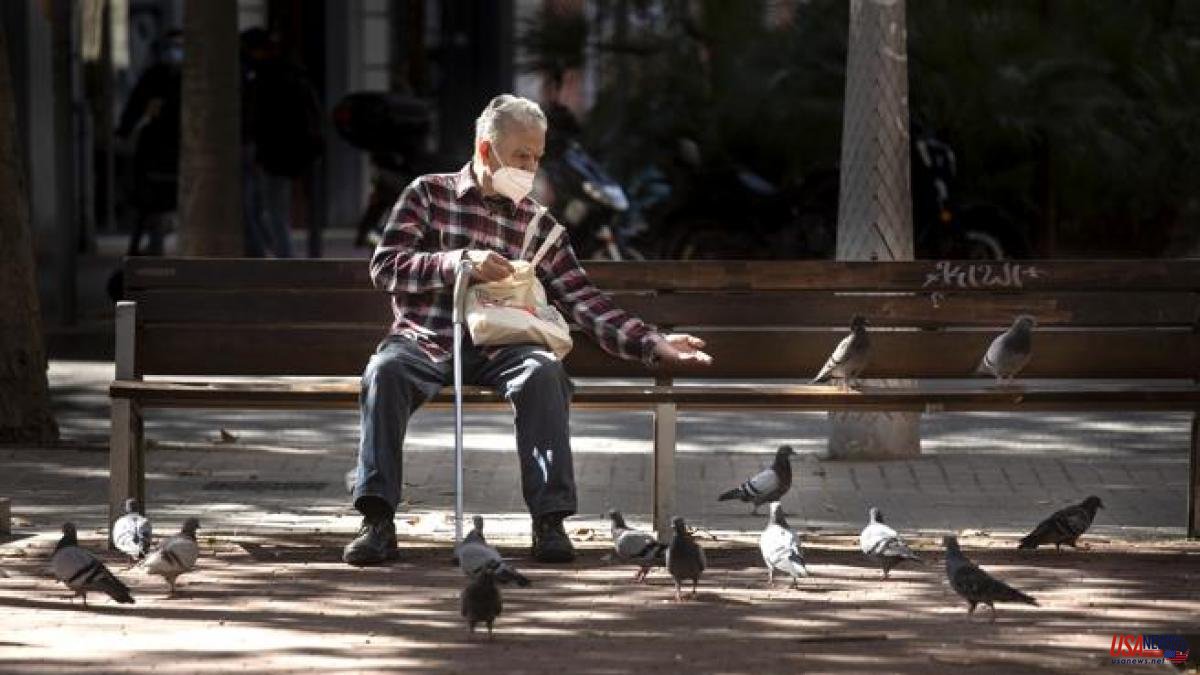In Spain, pensions have become an eternal debate that is gaining more and more political relevance and generating more social concern about the aging of the population. More and more citizens are accessing retirement benefits and, in some areas of the country, pensioners are higher than the country's average. There is even already an autonomous community in which there are more retirees than employees.
This is the case of Asturias: in the Principality, during the last year, 275,992 received a pension, 40.9% of all taxpayers. This figure is 596 fewer people in terms of wage earners, thus representing 40.8% of the total.
This is reflected in the data from the State Tax Administration Agency in its labor market and pensions in tax sources 2021, which reveals the average remuneration of employees, pensioners, the unemployed, workers in ERTE or those who during the year had more than one condition.
Despite being a difference of only 0.1%, this numerical superiority of the group of pensioners in Asturias is nothing more than the reflection of a trend of population aging, which is primed especially with the communities of the Cantabrian coast, such and as collected by El Comercio. While the Spanish average age is 44 years, Asturias, Castilla y León and Galicia are close to 50, and in Cantabria it is over 46.
These communities of the Cantabrian coast are the ones with the highest proportion of pensioners among their total taxpayers. Followed by Asturias, are Galicia (39.2%), Castilla y León (36.8%), Cantabria (35.3%) and La Rioja (32.4%). It must be remembered that the data for the Basque Country is not collected by the AEAT as it has its own collection system.
At the other extreme are those communities with the lowest proportion of pensioners: the Balearic Islands (24.6%), Madrid (26%), Murcia (26.1%), the Canary Islands (26.8%) and Castilla-La Mancha (28, 5)
Despite being the community with the lowest proportion of pensioners, Madrid leads the table according to the average annual remuneration of pensioners. Madrid retirees earn, on average, about 20,000 euros a year, 550 euros more than Asturians. With more than 17,000 are Catalonia, Cantabria and Aragon.
Galicia, together with Extremadura, is in the queue in compensation for perceived retirement. Galician retirees, despite living in one of the communities with the highest proportion of pensioners, earn only 14,700 euros per year, 1,000 euros more than Extremadurans.













